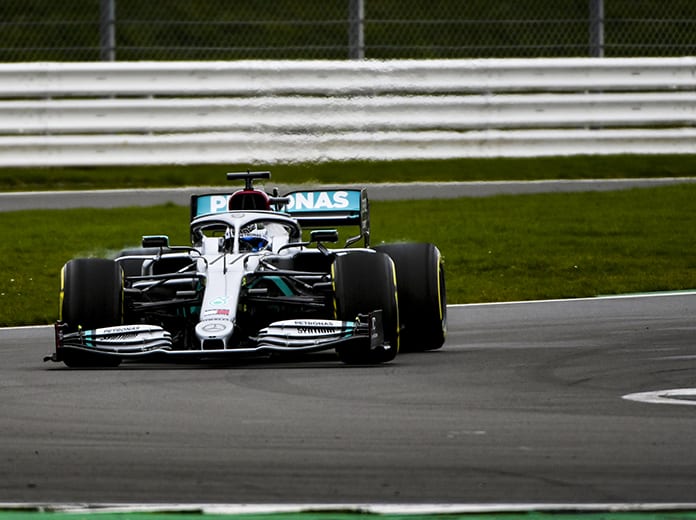The Mercedes-AMG F1 W11 EQ Performance is an evolution of last year’s car – the car that won Mercedes its sixth consecutive double championship. The team has looked at a myriad of areas to improve the car and has changed the vast majority of the more than 10,000 parts of the car to extract more performance. The Mercedes-AMG F1 W11 EQ Performance is expected to become the fastest Mercedes race car ever built.
“The regulations stayed largely the same for the new year, so for us it was all about trying to make sure that we don’t run out of development steam on a package that worked pretty well for us last year,” said James. “We wanted to change aspects of the concept of the car – aspects that would be completely impossible to change within a season – to give us a more fertile platform for the new season. We tried to make a few well-chosen architectural changes to keep the development slope strong even though the regulations are now a little bit longer in the tooth.”
In addition to many detail changes and smaller improvements, the team has introduced three larger changes – one at the front, one at the middle and one at the back of the car.
“At the front we have accepted more structural complexity around the uprights and wheel rims in order to provide a higher performance assembly overall,” said James. “In the middle of the car we have followed the pitlane trend by moving our upper side impact tube to the lower position and banking the aerodynamic gain that comes with this layout. At the rear of the car we have gone for an adventurous suspension layout in order to free up aerodynamic development opportunity. All three investments were improvements in their own right, but their real effect is to mobilize a raft of secondary aerodynamic gains both during the winter and, we hope, across the season to come.”
In 2019, the team brought a significant upgrade to the car after the first week of testing that changed the look of the Melbourne car quite significantly compared to the launch car. This year, the race trim will be much closer to the car that is running at Silverstone Friday.
“We will still have upgrades for Melbourne that will come in the second week of testing, but the ‘entire new car’ approach of 2019 won’t feature,” said James. “Last year, the regulations were changed quite significantly, and they were decided quite late in the year. Under those circumstances, doing a launch car and a week two car gave us the chance to build the maximum amount of learning into our Melbourne car. With the regulations being more mature this year and with the opening stab of the 2020 development already being at the same level as the finish of last year’s car, repeating last year’s approach would not make sense.”
